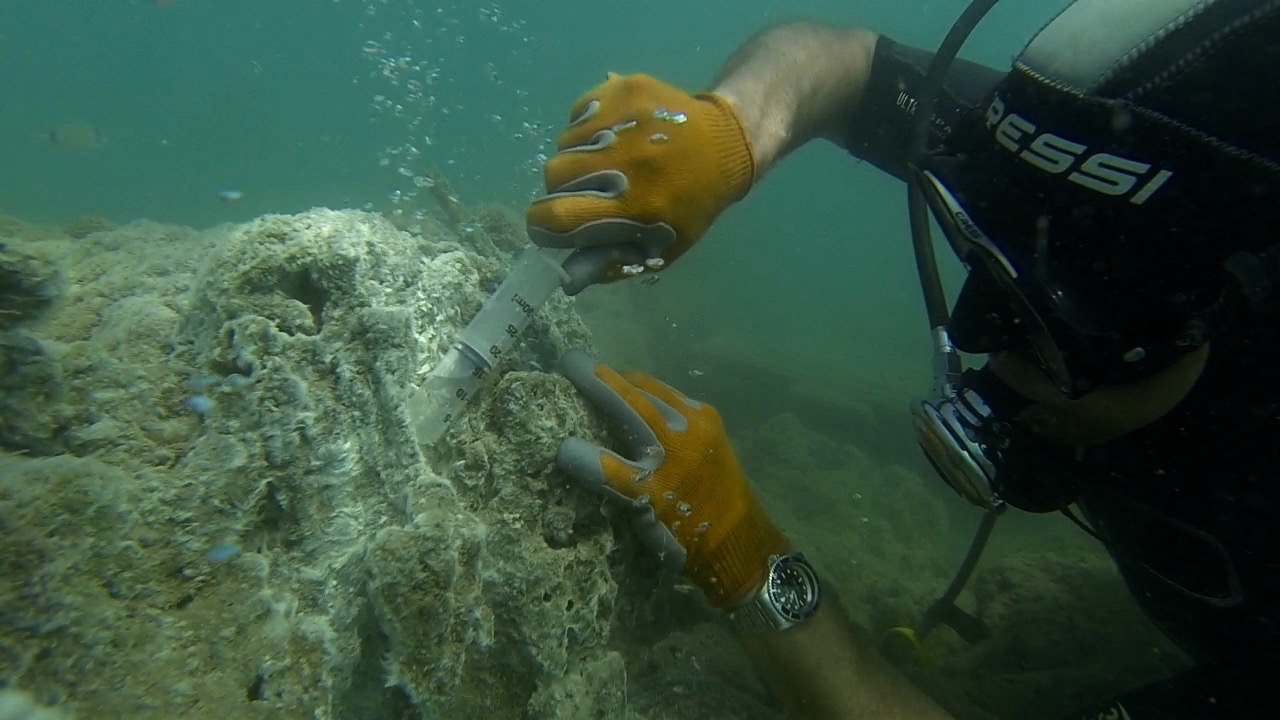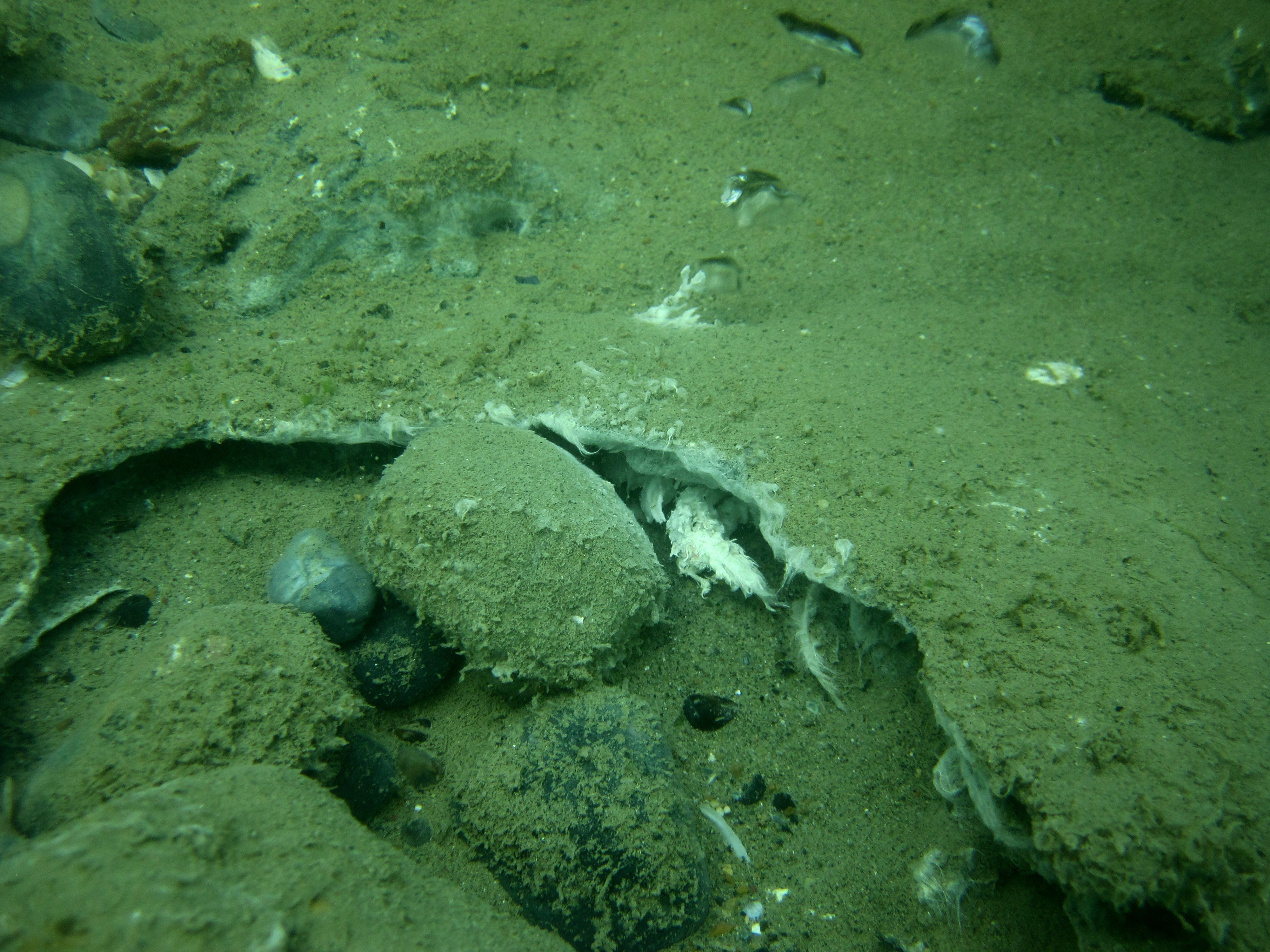Geochemistry and microbiology of the gas vents of Tor Caldara, Italy

The Tyrrhenian margin of Southern and Central Italy is a volcanic geothermal region with a thinned continental crust. It is characterized by heat flows and degassing of CO2 of deep magmatic/mantle origin due to the alkali-potassic volcanoes present in the region from the Quaternary period. One of the relatively recent volcano is the Colli Albani, whose eruptive activity began 600 ka years ago and went on until about 5.8 ka years ago (Holocene). Although the age of its most recent eruption is controversial, there is unanimity about its quiescent status. Due to the infiltration of cold meteoric water there aren't any thermal springs or fumaroles in conjunction with the Colli Albani. However, there are many gas emission sites associated with Colli Albani, Tor Caldara being one of them.
Tor Caldara is a natural reserve located north of the town of Anzio, about 60 km south of Rome. It sits on a buried carbonate basement that has been hypothesized as the source of CO2 at this site. The study site is a submarine gas vent located off the coast of the Tor Caldara natural reserve. The venting site is very shallow with a maximum depth of about 3 meters. Profuse microbial filamentous growth occurs on rocks that surround the vents. The sediment in the venting area is distinctly darker in color than the control sediment because of possible precipitation of metal sulfides. In this study, we are investigating the geochemistry and microbiology of the Tor Caldara gas vents, which has never been explored before. Read our recent scientific papers on the microbiology of Tor Caldara (Ecological succession of Tor Caldara microbial biofilms; Metaproteogenomics of Tor Caldara microbial biofilms; Varunaivibrio sulfuroxidans; the genome of Varunaivibrio sulfuroxidans). Watch our GoPro video on Tor Caldara.








